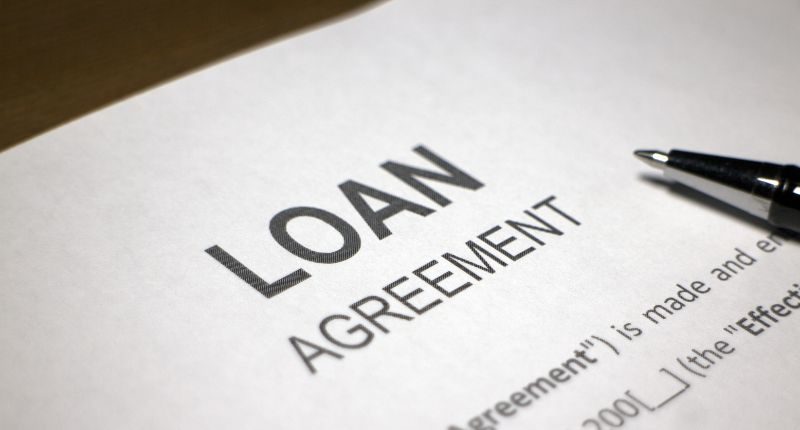- The latest interest rate is 3.60%
- Repayments have risen by some 50% since rate hikes began
- Some experts predict rates will begin falling at the end of this year
Yesterday’s 25 basis point rate rise has, again, shone the light on how tough the housing market is.
The interest rate is now 3.60%, with Canstar’s and Compare the Market’s analysis showing how stark the impact of ten consecutive rate rises have been on borrowers or prospective buyers.
Mortgage shortfall equivalent to working 350 hours more per year
Canstar analysis has found that the latest rate hike will mean borrowers will be paying about 50% more in repayments than they were in April 2022 when the cash rate was only 0.1%.
For a $500,000 loan over 30 years, that means repayments will be about $1,051 more per month, or $12,612 more per year compared to April 2022.
|
Increase in Monthly Home Loan Repayments |
||||
|
April 0.10% cash rate |
March
3.60% cash rate |
Total monthly repayment increases |
Repayment increases as percentage |
|
|
$500,000 |
$2,103 | $3,154 | +$1,051 | +50% |
| $750,000 | $3,154 | $4,731 | +$1,577 |
+50% |
|
$1,000,000 |
$4,205 | $6,308 | +$2,103 |
+50% |
| Source: Canstar. Monthly repayment calculations based on a loan repaid using principal & interest repayments over a total loan term of 30 years. Calculations assume a pre-May cash rate average variable rate of 2.98% (based on owner occupier, variable loans on Canstar’s database, available for a loan amount of $500,000, 80% LVR and principal & interest repayments; excluding introductory and first home buyer only loans), with increases in rate based on applying the applicable increase in cash rate. | ||||
The analysis also found that to make up for the shortfall, the number of extra hours the average person has to work is some 22 to 29 hours per month, or 348 hours per year.
|
Extra Work Hours to Cover Repayment Increase |
||
| Monthly repayment increase |
$1,051 |
|
|
|
Gross | Net |
| Average Annual Income | $94,000 |
$71,103 |
|
Average Hourly Income (38 hour work week) |
$47.57 | $35.98 |
| Required Extra Monthly Work Hours to Cover Repayment Increase | 22 |
29 |
| Source: Canstar – 6/03/2023. Income per average weekly ordinary time earnings for full-time adults (seasonally adjusted) from the ABS Average Weekly Earnings, with 2022-23 income tax rates and Medicare levy applied. | ||
Canstar’s Editor-at-Large and money expert, Effie Zahos said, “Household budgets are definitely feeling the strain – particularly when you combine the pressure from rising rates and higher living costs.”
“The pressure is on for households to find the money to cover a 50% increase in monthly home loan repayments. There’s no quick fix here – they’ll need to either earn more or spend less. Earning enough to cover the increase in repayments from the last 10 consecutive rate hikes would require the average Aussie to work an extra 29 hours per month. That’s almost an extra week of work.
“Effectively, households with a $500,000 mortgage either need to find an extra working week per month or cut their expenses by a massive $1,000 per month,” said Zahos.
While the major banks are all predicting further rate hikes over the next few months, Zahos noted that:
“On a positive note, if the cash rate predictions made by ANZ, NAB and Westpac are right, it will be the end of rate hikes – at least for this cycle.
“If you are struggling to keep up with your repayments already, it may be a matter of trying to stick it out until rates start falling again – which may be sooner than you think.
“Commonwealth Bank expects the Reserve Bank will start cutting the cash rate in the last quarter of 2023 while both NAB and Westpac think we will start seeing the cash rate fall in early 2024. ANZ, however, thinks we are unlikely to see rates go down until November 2024.”
Borrowing power slashed further
Research from Compare the Market has found that the more rate rises could see borrowing power slashed by almost a quarter of a million dollars.
For a couple that earned a combined gross income of $150,000 per annum with no kids, Compare the Market said they had the potential to borrow $994,000 in March last year.
That same couple is now only able to borrow $800,000, and assuming there are three more 25 basis point increases and those rate hikes are passed on in full, the couple might only be able to borrow $746,200 in July this year.
Compare the Market’s research also found that nearly half of adult Australians said they won’t be able to afford more rate rises, and more than 40% said that they’ll have to reassess their living costs. Just under three per cent are considering selling up their homes.
Compare the Market’s General Manager of Money, Stephen Zeller, said the Board’s decision to raise the cash rate will undoubtedly impact many Australians already doing it tough right now.
“It’s another dark day for many borrowers and it will probably break the bank for many that are already feeling the squeeze,” Mr Zeller said.
“With interest rates continuing to rise, fuel and gas prices skyrocketing, there will undoubtedly be more households and businesses struggling to meet their repayments.
“We know this because as interest rates have risen, so has the percentage of arrears.
“In December it was 0.76%, up from 0.65% in November. So, this could mean that any extra buffers that were made during the pandemic have now been eaten into as we are seeing arrears increase”.
With many fixed rates due to expire Mr Zeller said borrowers should be locking down a time to talk with their lender and using comparison sites to see if there are better offers available.
“We know that $350 billion worth of fixed-rate loans are estimated to finish this year, so all of those borrowers need to be prepared for their mortgage repayments to potentially double,” Mr Zeller said.
“A person with a $600,000 mortgage could be paying $1,253 more each month than they were at the start of May 2022, so it really does pay to do your research and be prepared for that fixed rate cliff.
| Mortgage size | Increase in average monthly repayments since the start of May 2022 (350 basis points) | Increase in average repayments over a year, following 350 basis point increase since May 2022 |
| $500,000 | +$1,044 | +$12,528 |
| $600,000 | +$1,253 | +$15,036 |
| $750,000 | +$1,566 | +$18,792 |
| $900,000 | +$1,879 | +$22,548 |
| $1,000,000 | +$2,088 | +$25,056 |
| Reserve Bank Lenders’ Interest Rates. Monthly repayments do not include any reduction in the mortgage balance over time. These calculations assume: An owner-occupied variable interest rate of 2.86% p.a in May 2022; principal and interest (P&I) repayments; cash rate increases are passed on in full; the loan term is 30 years; and there are no monthly fees. | ||
~~
Disclaimer: This article contains general information and should at no time be considered financial advice to the reader. The reader should always verify their situation with their financial advisors before taking any further steps.








